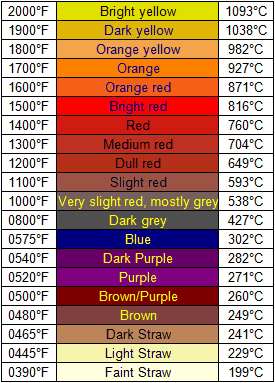Will, bearings can just fail, either because they just aren't the best or from an over rev.
It appears, as Tree Monkey suggested there is still residual oil there and no real signs of distress ? but I'll demure to JJ's much, much greater experience than mine.
I do remember my old kart engine builder was pedantic about the bearings used in anything that spun 15-18,000RPM under load, and with an aftermarket crank we really don't know what we are getting. Back then he would only use Thompson little ends and 'poofter bearings' for the mains (FAG)
Can't remember the big ends, either FAG or INA ??
Anyway, lesser quality bearings would spontaneously let go.
The other thing that will lead to bearing failure is too much radial clearance, poor geometry of the halves when pressed together (not square) rod twisted, etc.
All hard to know unless you measure and build up the bottom end yourself.
Anyway, great thread, back to the discussion.






